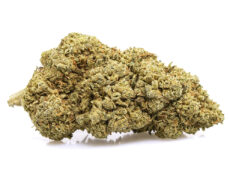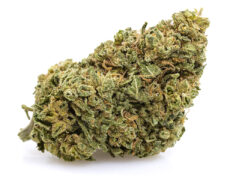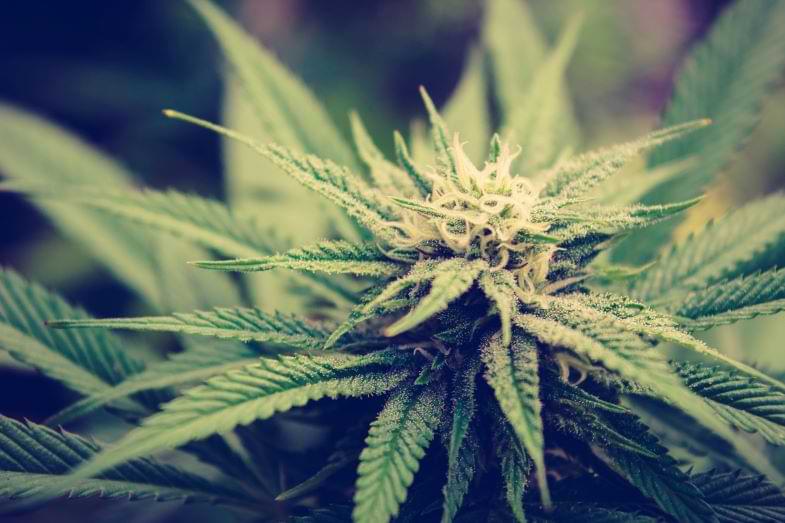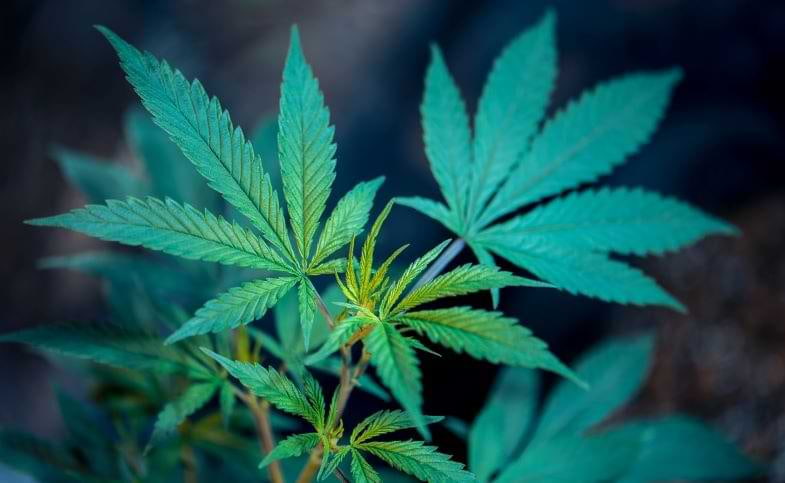Modified on: 19/04/2024
FOXTAIL: EVERYTHING YOU NEED TO KNOW ABOUT THIS CURIOUS PHENOMENON
If you have decided to open this article, it means that you would like to know more about foxtail-shaped cannabis buds.
In fact, you likely have heard everything and the opposite of everything about it and are now wondering whether foxtailing is a more or less negative phenomenon.
-
 SMALL & BIG
SMALL & BIGBUBBLEGUM
Starting from: 1,25CHF/gIndoor | CBD – CBDA <22%
Grams3 5 10 20 50 100 -



DO SI DOS
Starting from: 2,00CHF/gIndoor | CBD – CBDA < 19%
Grams3 5 10 20 50 100 -



ROYAL GG#4
Starting from: 2,30CHF/gIndoor | CBD – CBDA < 40%
Grams3 5 10 20 50 100 -



GORILLA GLUE
Starting from: 2,90CHF/gIndoor | CBD – CBDA < 20%
Grams3 5 10 20 50 100
So, is it true that it can harm cannabis?
Let’s find out together.
What is foxtailing in cannabis plants?
We speak of foxtailing when the shoots elongate uncontrollably at the ends or when the plant starts to develop tapered side shoots that, on an aesthetic level, do not please everyone.
But let’s start at the beginning and try to understand how cannabis buds and CBD buds typically develop.
These flower clusters consist of many calyxes, where the seed develops when the buds catch the male pollen. The calyxes are usually very close to each other and form compact, fat colas.


However, it has happened to several growers to deal with a naturally foxtailing Sativa and notice that the calyxes were growing very far apart, with prominent spaces in between.
In such a situation, the cola can indeed resemble a foxtail.
In severe (and rare) cases, each calyx may grow on its own separate ‘stick’; however, most of the time, a series of calyxes tends to grow on top of each other, forming thin, tapering spires.
But what are the causes of this phenomenon?
Let’s look at it now.
The reasons for foxtailing
Three main variables can cause or influence foxtailing in cannabis plants or similares, such as CBD flowers plants. Identifying these immediately is crucial for any licensed grower, as it will help them understand the effect of this phenomenon on their plants and how to treat it effectively.
1. Genetics
Some cannabis strains are more prone to foxtail than others.
In fact, over the past forty years, cannabis growers have played with the plant’s vibrant gene pool to create all kinds of possible strains, each with its peculiarities.
Foxtail, in some cases, is a direct result of vigorous selection; some breeders love this trait and enjoy growing plants that produce unique flowers.
Therefore, if we exclude stress factors (which we will go into in more detail in a moment), we may be growing a variety that is genetically predisposed to display this unique trait.
2. Heat stress
Stress is the second leading (and probably most common) cause of foxtailing in cannabis plants (and in CBD weed plants too), the main factor being excessive heat.
Cannabis plants thrive in warm temperatures, between 20 and 30 °C, but exceeding this value risks affecting aspects of a plant’s biology, such as its ability to:
- absorb nutrients and water
- photosynthesize
- grow healthy roots, foliage, and flowers.
Remember that cannabis is a relatively hardy plant, and most reliable varieties should withstand a day or two of high temperatures (especially outdoors). However, if you grow indoors and temperatures consistently exceed 30-32 °C (especially during the flowering phase), the plants will likely start developing foxtails.
3. Light stress
Another stress factor strongly responsible for the production of unwanted or ‘bad’ foxtails is light stress.
Although cannabis is a sun-loving plant, too much artificial light can easily stress cannabis plants and cause foxtail.
Grow lights that are extremely hot or too close to a plant’s flowers can quickly cause stress and subsequent foxtailing. When growing indoors, one must position the lights correctly and adjust them during cultivation to suit the height of the plants.


Foxtail in cannabis: is it harmful?
Let’s say that there is no clear-cut answer to this question.
Technically, foxtailing does not negatively affect the buds (or the CBD bud), apart from their strange appearance. However, it is an aesthetic issue (consider that some growers even like the foxtail look!).
Others claim that some foxtailing can help increase yields, which is always good.
Unfortunately, however, some foxtails can get out of hand and form large, long towers at the tip of a flower. Although rare, this can alter the even distribution of light over the rest of the flowers and consequently impact the flower’s ability to grow and ripen properly, decreasing the overall yield.
Read also: CBD oil and gastritis: are there benefits for those suffering from stomach inflammation?
Conclusions
In this article, we have seen what is meant by foxtailing and what this phenomenon indicates in cannabis plants and in CBD cannabis plants.
While this can be a genetic factor (in which case we are dealing with a unique variety), other times, it can occur due to a high-stress condition (excessive heat or light).
See you soon on Justbob!






